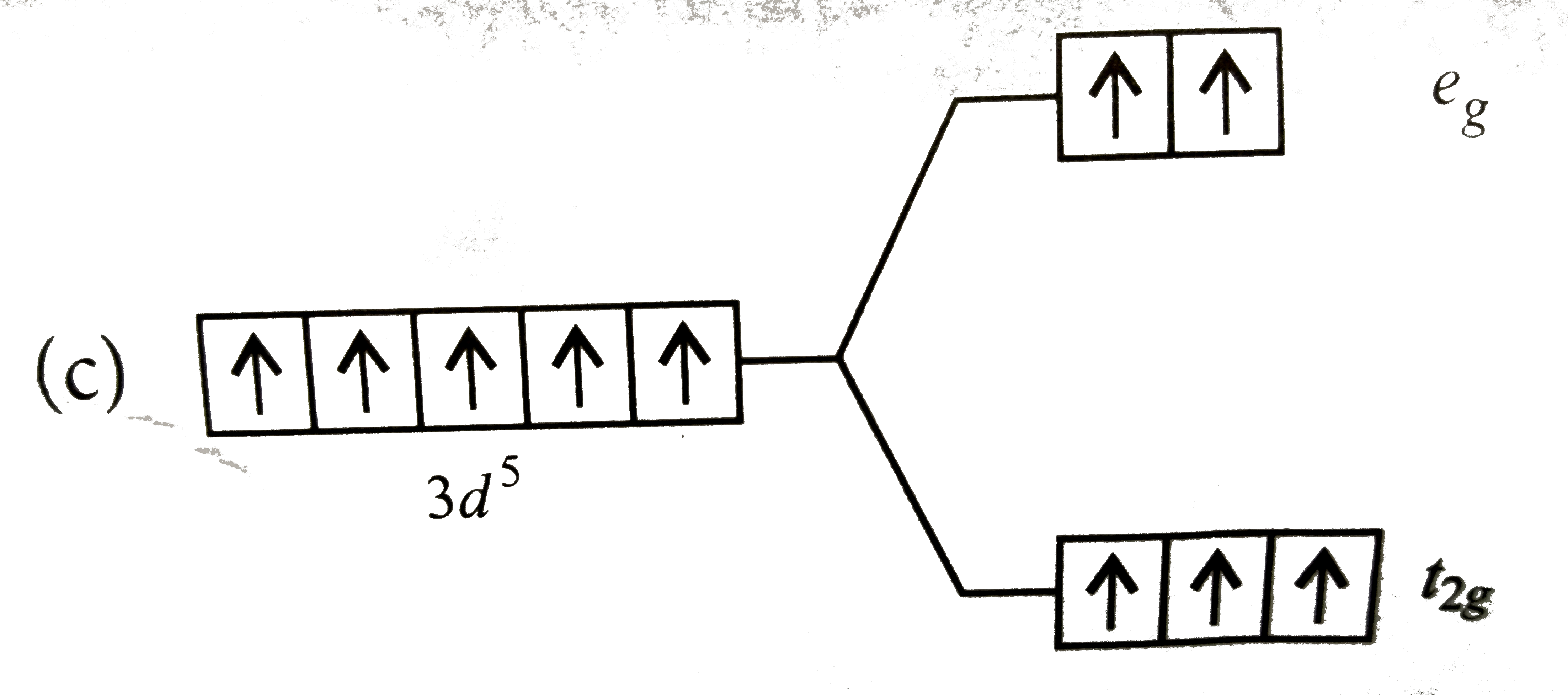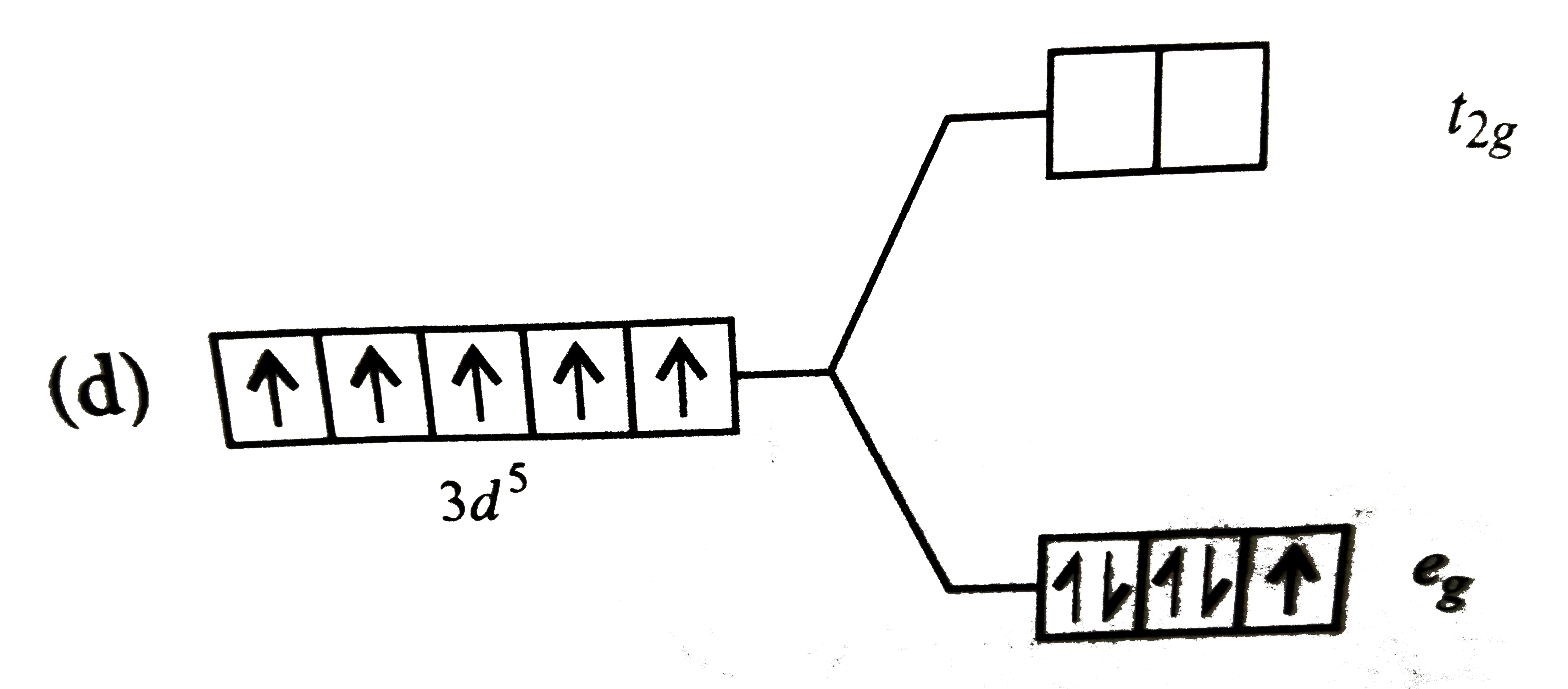Chose the currect on the basis of Bohr's theory
Velocity of electron ∝1n
frequancy of revolution ∝Z2n3
radius of orbit ∝n2Z
force on electron ∝Z3n4
The correct Answer is:A, B, D
To solve the question based on Bohr's theory, we will analyze the key concepts and relationships derived from Bohr's model of the atom. Here’s a step-by-step breakdown:
Step 1: Understand Bohr's Model
Bohr's model describes the atom as a small, positively charged nucleus surrounded by electrons that travel in circular orbits around the nucleus. The model is based on quantized energy levels.
Step 2: Key Equations from Bohr's Theory
1. Velocity of Electron (v): According to Bohr's theory, the velocity of an electron in the nth orbit is given by:
v=2πkze2nh
where:
- k is Coulomb's constant,
- z is the atomic number,
- e is the charge of the electron,
- n is the principal quantum number,
- h is Planck's constant.
2. Radius of Orbit (r): The radius of the nth orbit is given by:
r=0.529n2z
This shows that the radius is directly proportional to n2 and inversely proportional to z.
3. Time Period (T): The time period of the electron in its orbit can be expressed as:
T=2πrv
Substituting the expressions for r and v, we find:
T∝n3z2
4. Frequency (f): The frequency is the reciprocal of the time period:
f=1T∝z2n3
Step 3: Analyze the Options
Based on the derived equations, we can analyze the correctness of the given options:
- Force on Electron: The force can be expressed in terms of z and n. If the expression is z3n4, it can be derived from the electrostatic force equation, which is consistent with Bohr's theory.
- Velocity of Electron: The velocity is inversely proportional to n, which aligns with the derived expression.
- Radius of Orbit: The expression n2z is incorrect since the correct relationship is r∝n2z.
Conclusion
Based on the analysis:
- The correct options are A (Force on electron), B (Velocity of electron), and D (Frequency).
Final Answer
The correct options based on Bohr's theory are A, B, and D.
---
Bohr's model describes the atom as a small, positively charged nucleus surrounded by electrons that travel in circular orbits around the nucleus. The model is based on quantized energy levels.
1. Velocity of Electron (v): According to Bohr's theory, the velocity of an electron in the nth orbit is given by:
v=2πkze2nh
where:
- k is Coulomb's constant,
- z is the atomic number,
- e is the charge of the electron,
- n is the principal quantum number,
- h is Planck's constant.
r=0.529n2z
This shows that the radius is directly proportional to n2 and inversely proportional to z.
T=2πrv
Substituting the expressions for r and v, we find:
T∝n3z2
f=1T∝z2n3
Based on the derived equations, we can analyze the correctness of the given options:
Based on the analysis:
- The correct options are A (Force on electron), B (Velocity of electron), and D (Frequency).
The correct options based on Bohr's theory are A, B, and D.
Topper's Solved these Questions
- BOOK - ALLENCHAPTER - ATOMIC STRUCTUREEXERCISE - Exercise - 0259videos
ATOMIC STRUCTURE
- BOOK - ALLENCHAPTER - ATOMIC STRUCTUREEXERCISE - Exercise - 0321videos
ATOMIC STRUCTURE
- BOOK - ALLENCHAPTER - ATOMIC STRUCTUREEXERCISE - Exercise - 05[A]14videos
ATOMIC STRUCTURE
- BOOK - ALLENCHAPTER - IUPAC NOMENCLATUREEXERCISE - Exercise - 05(B)7videos
IUPAC NOMENCLATURE
Similar Questions
Knowledge Check
- Question 1 - Select One
Which of the following energy level diagram for [FeF6]3− is correct on the basis of crystal field theory ?
A B
B C
C D
D
How are various lines of Lyman series formed ? Explain on the basis of Bohr.s theory.
View SolutionChange with descent it the basis of which theory :
View SolutionDescribe the salient features of valence bond theory. Explain the formation of H2 molecule on the basis of this theory.
View SolutionChose the correct statement:
View SolutionAccording to Bohr's theory
View SolutionExplain the action of methyl orange on the basis of quinonoid theory.
View SolutionExplain the action of phenolphthalein as an indicator on the basis of Ostwald's theory.
View Solution

